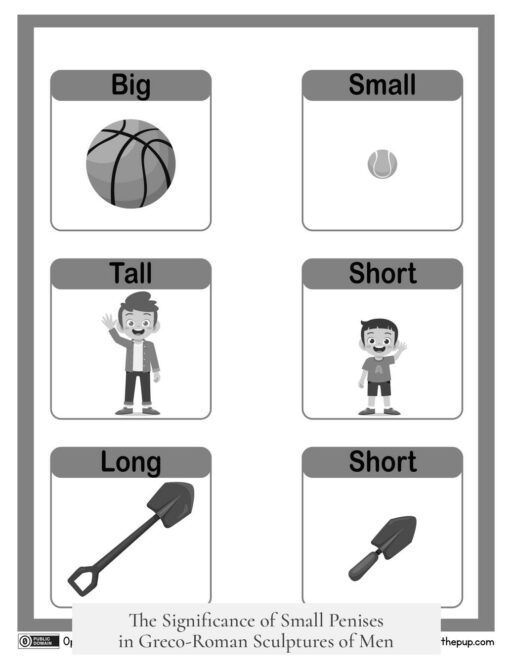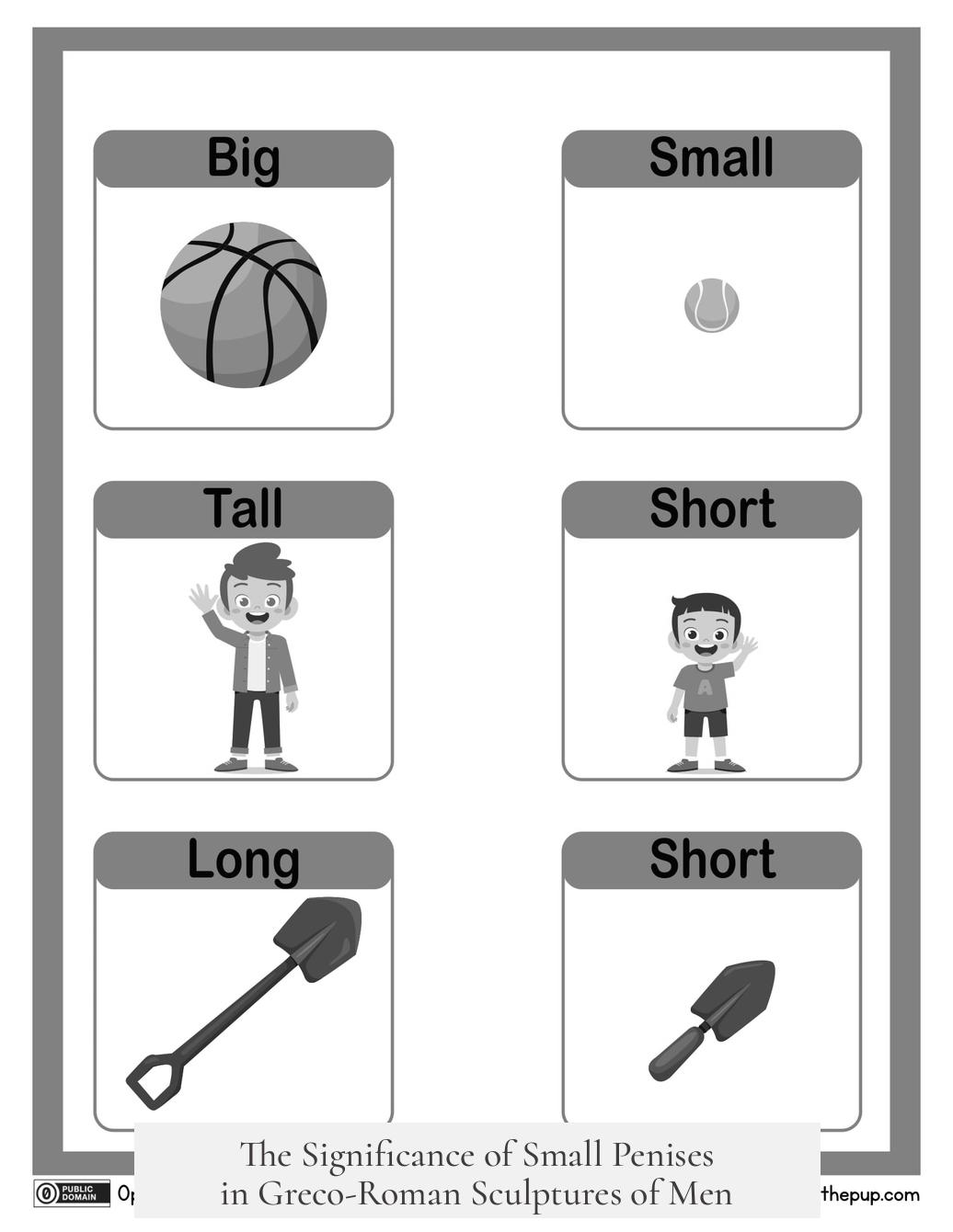Greco-Roman sculptures of men commonly display small penises because this reflected the cultural and artistic ideals of the time. Greeks regarded a small penis as a symbol of rationality, self-control, and masculinity. This preference was inherited by Roman artists. Large penises were often linked with satyrs, comic figures, or lecherous old men, making them unsuitable for heroic or noble depictions.
The Greek ideal emphasized physical traits such as broad shoulders and a muscular chest, paired with modest genitalia. Aristophanes, a classical playwright, humorously contrasts small penises with qualities like strength and virtue in his work “Clouds.” The comic exaggeration of large penises in art highlighted folly or lustfulness, reinforcing why serious sculptures avoided such depictions.
In art, the small penis was integral to portraying an idealized, youthful male form. This form was closer to pre-pubescent physiques, which naturally involved smaller genitalia. Ancient Greek sculptures aimed to represent godlike figures or heroes with idealized bodies, reflecting discipline and rationality rather than raw physicality or sexual prowess.
Roman art displayed more variability. While it adopted many Greek standards, Romans sometimes portrayed larger penises on certain fertility gods like Priapus or trickster figures. In these cases, exaggerated genitalia signaled earthly pleasures or humorous traits, rather than serious heroism.
This preference continued into the Neoclassical period, which revived Greek artistic traditions. Neoclassical sculptors imitated Greek austerity and restraint, including the careful representation of male genitalia. Thus, small penises remained a standard artistic convention for noble male figures.
- Small penises symbolized masculinity, control, and rationality in Greek culture.
- Large penises were seen as comical or linked to lustful satyrs and old men.
- Idealized male bodies resembled youthful, pre-pubescent forms with naturally smaller genitalia.
- Romans allowed larger penises for fertility or trickster deities associated with pleasure.
- The Neoclassical movement revived these aesthetic ideals from ancient Greece.
Why Do Greco-Roman Sculptures of Men Have Such Small Penises?

Greco-Roman sculptures of men often show small penises because it reflects a cultural ideal valuing modesty, restraint, and intelligence over overt sexuality. The ancient Greeks—and later the Romans who borrowed heavily from them—preferred to depict male figures with smaller genitalia as a symbol of self-control and dignity.
It might seem odd today, especially in an era fascinated with the opposite. But back then, big wasn’t always better. Why is that? Let’s explore the rich story behind these artistic choices and cultural values.
The Greek Ideal: Small Penises as a Mark of Virtue
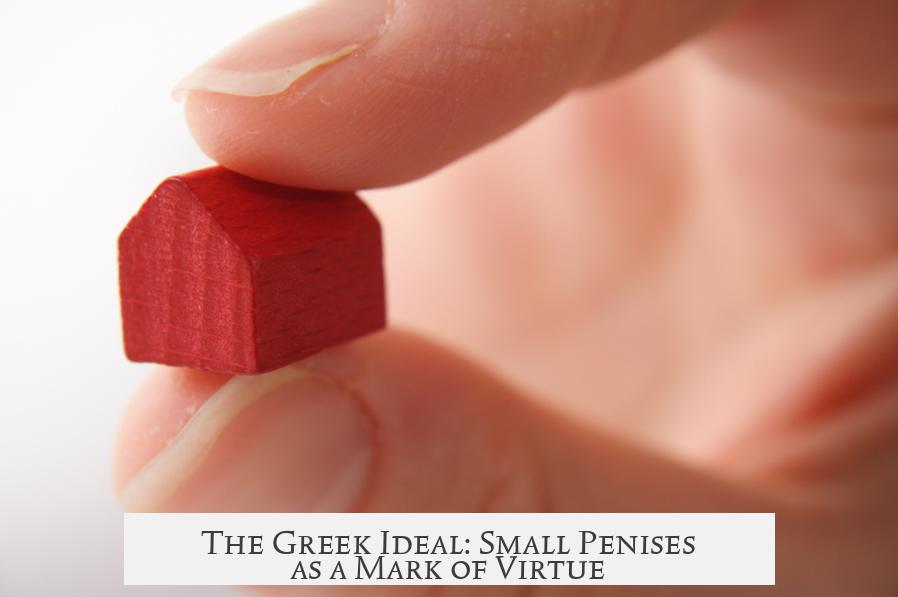
Imagine walking through the Agora of ancient Athens, admiring statues of young men with chiseled muscles but noticeably modest genitalia. That’s no accident; it’s a deliberate statement.
In Aristophanes’ play Clouds (lines 1010-1019), there’s a pointed commentary: “If you do these things I tell you, and bend your efforts to them, you will always have a shining breast, a bright skin, big shoulders, a minute tongue, a big rump and a small prick…”
This poetic snippet encapsulates the Grecian physical ideal—big brains, big shoulders, big rump, but a small penis. A big penis was often comically linked to satyrs, mythical creatures known for their lecherousness, or to old men depicted as excessively lustful. So, small genitalia became a sign of decorum and seriousness. If you wanted to be taken seriously in both art and society, keep it modest.
Oversized Penises? A Ridiculous and Vulgar Statement
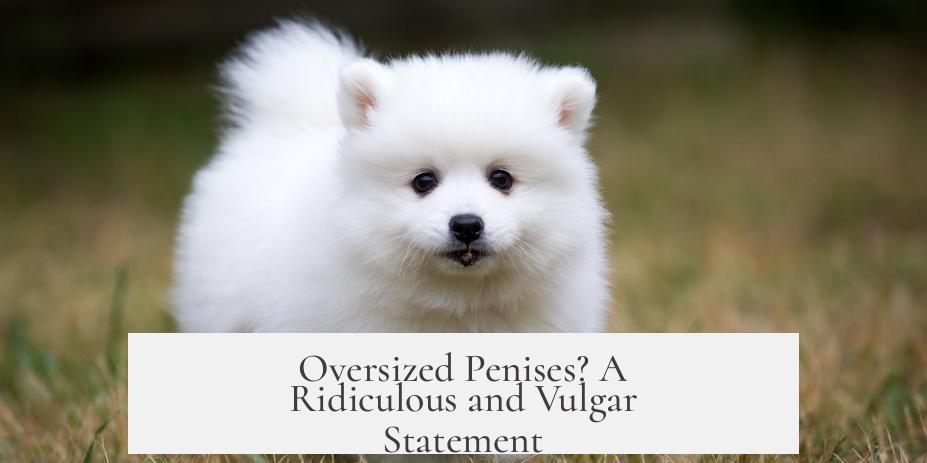
And then there’s the other side of the coin. Large penises on statues were seen as symbols of over-the-top lust or even foolishness. They were often used as comedic devices, signaling the base nature of satyrs or clownish figures.
One famous Roman mosaic shows the Evil Eye being attacked by a giant penis—yes, you read that right—alongside images of dogs and birds. This wasn’t just crude humor; it was a visual joke mocking excess and vulgarity. Nothing screams “don’t take this guy seriously” quite like an absurdly large penis in classical art.
Artistic Ideals: Elevating Form Over Literal Anatomy

The Greeks aspired to idealize human forms, not replicate every physical detail honestly. They favored the image of a youthful, athletic male—often resembling a pre-pubescent boy—who, by nature, would have a smaller penis. This ideal was part of a larger aesthetic that celebrated balance, harmony, and intellect.
Importantly, a large penis was almost a caricature in this context, detracting from the statue’s nobility and grace.
Roman Art: More Playful, More Diverse

Romans, while deeply influenced by Greek art, approached this subject with a slightly different attitude. Their art could be more candid or even humorous about genital size. Fertility gods like Priapus were depicted with large penises on purpose to highlight their role. It wasn’t just anatomy; it was symbolism.
Large penises in Roman art often indicated earthy pleasures, trickster qualities, or even fertility. But this approach was generally reserved for specific contexts—religious or comedic—not for the heroic idealized male figures.
The Neoclassical Revival: Repeating the Ancient Aesthetic

Fast-forward to the 18th and 19th centuries. The Neoclassical art movement revered the austerity and elegance of ancient Greece. Sculptors deliberately imitated Grecian style, which included the same modest genital proportions. The choice was a nod to the “noble restraint” those ancient artists embodied.
Neoclassical statues proudly flaunted the small penis trope to showcase philosophical ideals of reason and seriousness over physical excess.
What Does This Mean for Us Today?
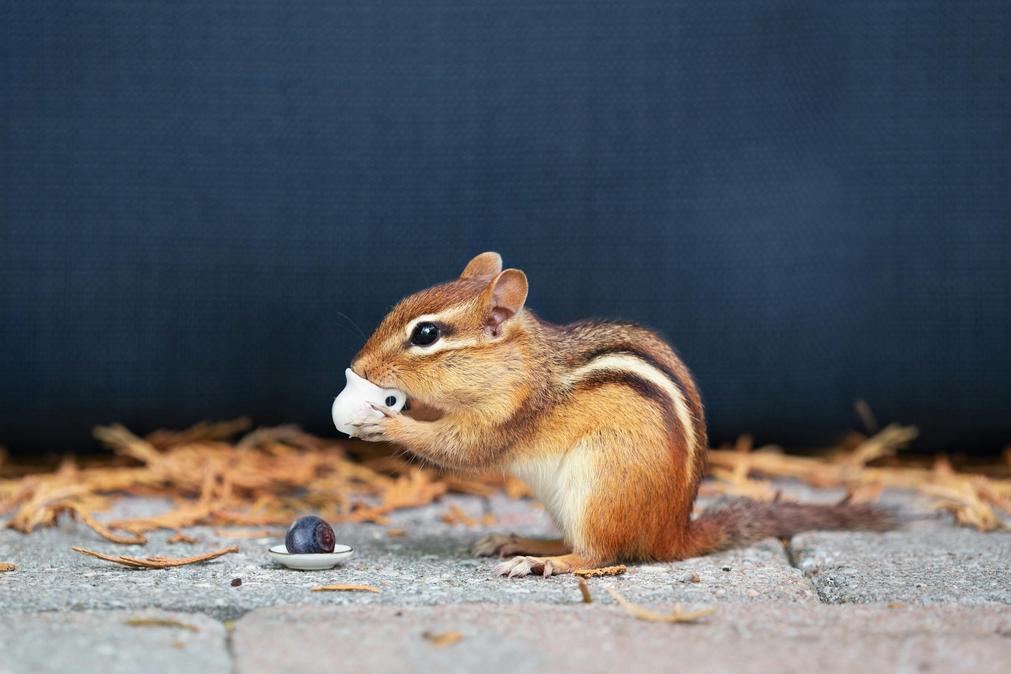
So, is there a lesson or takeaway? Absolutely! Art reflects cultural values. The small penis in Greco-Roman sculpture screams “Look beyond raw physicality. Admire discipline, intellect, and dignity.” It’s a reminder that what we highlight in art tells us a lot about what a society esteems.
Next time you see a statue with a modestly sized male figure, challenge your first impressions. Could this artistic choice reveal more about the era’s worldview than just biology? Most likely, yes.
What About Modern Art? Any Lessons in Modesty?
Modern art often swings in the opposite direction, fascinated by hyperrealism or bodily excess. Yet the classical restraint offers a counterpoint. It provokes us to ask: Is the obsession with size or spectacle just a distraction from deeper qualities?
In a way, Greco-Roman sculptures cheekily remind us that “small” does not equal “less.” Instead, it can symbolize maturity, wisdom, and self-restraint—qualities worth immortalizing in stone.
References and Further Reading
- Eugesta Journal Article by Robson – Deep dive into the cultural meanings in Greco-Roman art
- Google Books Source – Broader historical context
- Metropolitan Museum of Art on Neoclassicism – For understanding the revival of Grecian ideals during the Neoclassical period
- Mosaic Image on Wikimedia Commons – A humorous take on the symbolism of large penises in Roman art
Next museum visit? Look closer. There’s a whole story behind these seemingly odd artistic choices.
